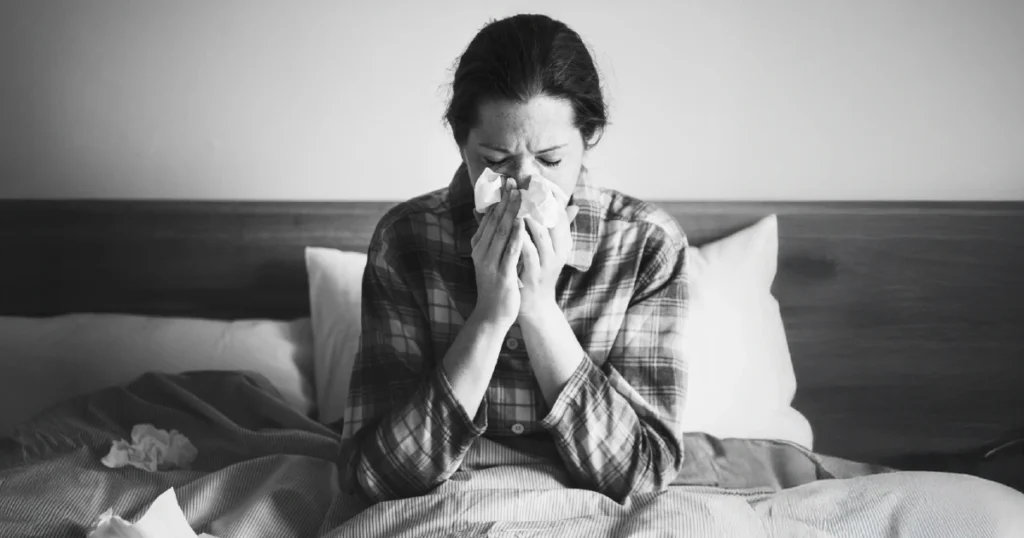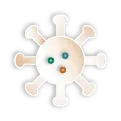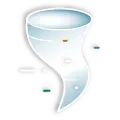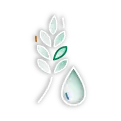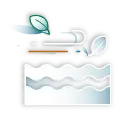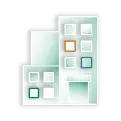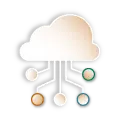Introduction
Every year, millions of people rely on medications to manage conditions, prevent complications, or improve quality of life. Yet taking medicine correctly involves far more than following a doctor’s prescription. Safe medication use depends on understanding instructions, avoiding dangerous interactions, and ensuring ongoing communication between patients, healthcare providers, and pharmacists.
While prescriptions guide treatment, real safety comes from education, trust, and systems designed to minimize errors. The World Health Organization has identified medication errors as a leading cause of preventable harm in healthcare [1].
How can patients and providers work together to make medication use truly safe?
Why Safe Medication Use Matters
Medications save lives, but they also carry risks. Errors in prescribing, dispensing, or taking medicines contribute to hospitalizations and, in severe cases, deaths. According to global studies, up to 50% of patients do not take their medications as intended, leading to treatment failure or complications [2].
Education is critical. Patients who understand their prescriptions—dosage, timing, potential side effects, and food or drug interactions—are more likely to adhere safely. Providers who communicate clearly reduce misunderstandings that often lead to misuse.
Common Challenges in Medication Safety
Several barriers make safe medication use difficult. First of all, patients with chronic conditions may juggle multiple prescriptions, increasing the risk of errors. In addition, older adults often face dangers when multiple drugs interact unpredictably. Another challenge is low health literacy: misinterpreting labels or instructions can lead to accidental overdosing or underdosing. Finally, misinformation from unreliable online sources promotes unsafe or unproven uses of medications.
These challenges demonstrate that medication safety is not just about the prescription itself, but also about the entire journey from pharmacy to daily life.
Strategies for Safe Medication Use
Safe medication use requires a combination of professional oversight and patient empowerment:
- Clear Communication: Providers must explain instructions in simple terms, confirm understanding, and encourage questions.
- Medication Reviews: Pharmacists can conduct regular reviews, checking for drug interactions, duplications, or unnecessary treatments [3].
- Digital Tools: Apps and smart pillboxes can remind patients to take medicines, track adherence, and alert caregivers to missed doses.
- Education Campaigns: Public health initiatives that raise awareness about correct medication use reduce risks at the community level.
The Role of Patients and Families
Patients play an active role in ensuring safety. Keeping an updated list of medications, reporting side effects promptly, and asking about potential interactions empower individuals to avoid harm. Families and caregivers are also vital, especially for children, older adults, or those with cognitive challenges.
Healthcare providers must encourage this engagement. When patients feel comfortable asking, “What is this medication for?” or “What happens if I miss a dose?”, errors decrease and outcomes improve.
Ethical and System-Level Considerations
Medication safety is not only a personal responsibility but also a system-wide challenge. Hospitals and clinics need protocols that minimize human error—such as barcoding medications, electronic prescribing, and decision-support tools [4].
Ethically, healthcare systems must ensure patients receive accurate and reliable information. Vulnerable populations, including those with limited literacy or language barriers, require tailored approaches to ensure safe medication use is not compromised.
Safe Medication Use and a One Health Perspective
Though often viewed narrowly, medication safety has global implications. Improper use of antibiotics, for example, fuels antimicrobial resistance—an issue that threatens human, animal, and environmental health. Applying the One Health perspective to medication use highlights the need for responsible prescribing and education at every level [5].
Conclusion
Prescriptions are only the beginning. Therefore, safe medication use requires clear communication, ongoing education, digital support, and active patient involvement. By integrating professional oversight with community engagement, we reduce risks and build trust in healthcare.
Medication safety is a shared responsibility. On the one hand, providers must prescribe wisely. On the other hand, patients must engage actively, and health systems must support both. Ultimately, safe medication use is about more than pills—it is about protecting lives.
References
- World Health Organization (2017) Medication Without Harm: WHO Global Patient Safety Challenge on Medication Safety. Available at: https://www.who.int/initiatives/medication-without-harm
- Brown, M.T. and Bussell, J.K. (2011) ‘Medication adherence: WHO cares?’, Mayo Clinic Proceedings, 86(4), pp. 304–314. Available at: https://doi.org/10.4065/mcp.2010.0575
- Christensen, M. and Lundh, A. (2016) ‘Medication review in hospitalised patients to reduce morbidity and mortality’, Cochrane Database of Systematic Reviews, 2016(2). Available at: https://doi.org/10.1002/14651858.CD008986.pub3
- Bates, D.W. and Singh, H. (2018) ‘Two decades since To Err Is Human: an assessment of progress and emerging priorities in patient safety’, Health Affairs, 37(11), pp. 1736–1743. Available at: https://doi.org/10.1377/hlthaff.2018.0738
- Laxminarayan, R. et al. (2013) ‘Antibiotic resistance—the need for global solutions’, The Lancet Infectious Diseases, 13(12), pp. 1057–1098. Available at: https://doi.org/10.1016/S1473-3099(13)70318-9


